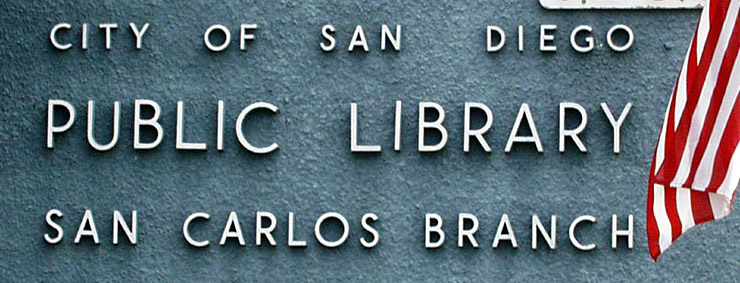By Donald H. Harrison
SAN DIEGO -- Prior to the 1960s, Jews in San Diego were routinely
barred from purchasing homes in certain areas, most notably, La Jolla, by real
estate agents who believed the more "exclusive" a neighborhood was,
the higher the commissions they would earn as they sold individual
properties.
Covenants, codes and restrictions written right into the deeds of certain
properties routinely prohibited the property being sold to anyone who was not
a Caucasian. Although Jews were also white, many real estate agents
believed that to be really "white," one also needed to be Christian.
Even to this day, almost a half century later, some of our city's older Jewish
residents remember, with bitterness, how humiliated they were made to feel
because they were not Christians. Yet, as badly as these practices made Jews
feel in San Diego, they were not nearly so pervasive, nor debilitating, as
were an interwoven net of discriminatory practices against African Americans
throughout Southern California
Because racism was practiced so nakedly in the American South, and
segregation was so obvious in the apartment house and tenement districts of
the urban North, there was a myth that in spread-out Southern California,
where suburban whites often had little or no contact with African
Americans, that race relations were good. Not so.
L.A. City Limits methodically tells the story of how African Americans not
only were discriminated against when they tried to purchase housing outside
the black ghettoes of South Central Los Angeles and Watts, but also how some
industries and some labor unions teamed up to prevent them from obtaining some
jobs, or advancing in others.
Poorer blacks were geographically and economically confined to these ghettos,
where educational programs were second-class, and public transportation to
other areas of the city was dreadfully insufficient. Although some middle
class blacks were able to move over white protest to more affluent
neighborhoods bordering the black areas, like their poorer brothers and
sisters, they still suffered from a lack of political representation and from
racial profiling by the police whenever they happened to go beyond those
boundaries They also were banned from certain "white" beaches,
swimming pools and parks.
Whereas earlier in the 20th century, schools in Watts, South Central Los
Angeles and the black suburbs of Compton and the Adams Avenue District were
racially mixed, they became increasingly segregated as Mexican-Americans,
Asian-Americans and Jews were more successful in moving to other
neighborhoods.
For the most part, author Sides portrays Jews of as the allies of
African-Americans in the fight against discrimination — particularly
in the political and legal arenas. But he makes it clear the Jewish record was
far from spotless. The garment industry was notorious for the
exploitatively low wages it paid its workers. And among the builders of
large housing developments, where African-Americans were purposefully
excluded, some, to our shame, were Jews.


